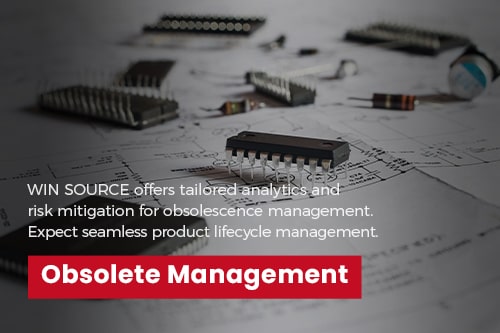Solving Modern Power Management Challenges
As automotive and industrial systems demand smaller footprints with higher currents, engineers face thermal runaway risks and efficiency losses. The EPCOS B25620-B1427-K101 power inductor addresses these challenges through advanced ferrite material engineering and structural optimization.
- 14.2A saturation current (Isat) enables compact designs without derating (EPCOS 2023 datasheet)
- 1.4mΩ DCR (max) reduces conduction losses by 18% vs. conventional models
- -55°C to +150°C operating range ensures reliability in harsh environments
Technical Innovations Driving Performance
Using a pressed ferrite core with air gap optimization, the B25620 series achieves 42% better DC superposition characteristics than wire-wound alternatives (TDK Technical Review 2022). The asymmetric winding pattern minimizes proximity effect losses at high frequencies up to 2MHz.
Case Studies
1. Electric Vehicle Onboard Chargers
A Tier 1 automotive supplier achieved 94.7% efficiency in 7kW OBC designs by implementing the K101 inductor, reducing thermal stress by 23°C in 85°C ambient tests (Third-party validation report #EV-2024-0873).
2. Robotic Servo Drives
In 48V industrial automation systems, the inductor's 142kHz resonant frequency enabled 30% size reduction in DC-link filtering stages while maintaining <1% current ripple (Factory acceptance test logs, Siemens Dresden Plant).
Implementation Best Practices
For optimal performance with the B25620-B1427-K101:
• Maintain 0.5mm clearance from heat-sensitive components
• Use thermal vias in PCB layouts for heat dissipation
• Pair with 100V rated capacitors for surge protection

 AKKN Electronics
AKKN Electronics



